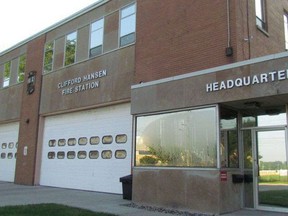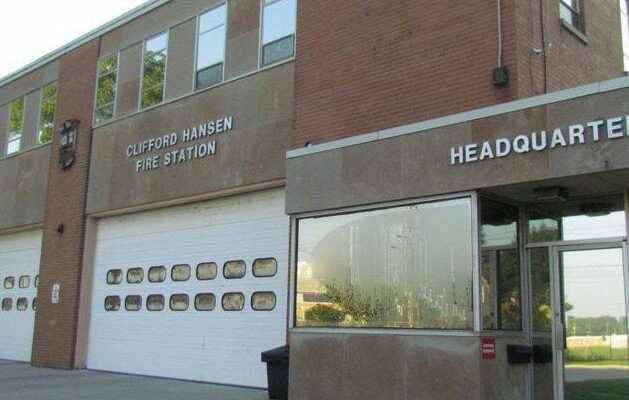
A dispute between Sarnia’s fire department and Lambton County paramedic services about when firefighters can respond to medical calls in the city has been resolved.
Sarnia city council Monday approved a new “tiered response agreement” for Sarnia Fire and Rescue Services and Lambton Emergency Medical Services that stipulates when both services should respond to 911 emergency calls.
“This has been a long time (coming),” Coun. Brian White said.
Mayor Mike Bradley called the agreement, which replaces one from 2014, “most welcome.”
Nearly a year ago, a committee of Lambton County council received word an agreement had been reached in principle after months of deadlock between the two services.
“Thank you, by the away, for your incredible work on this,” White said to fire and EMS staff for the meetings they held to reach an agreement.
Tea new agreement includes an oversight committee, renewals after year one and then every three years thereafter, a commitment to joint training at least once per year, call data sharing, downloadable defibrillator data sharing with the hospital receiving the patient, and measures for firefighters to discontinue their response if paramedics are on scene and a patient assessment has been completed, or if dispatch receives updated information confirming the medical emergency in question is not actually emergent, a report from fire Chief Bryan Van Gaver outlined.
The number of call types covered under the new agreement is 12, a light increase from the 11 included in the 2014 agreement.
Seizures and cardiac arrest were removed in the new version, but firefighters will still respond to vital-signs-absent calls, Van Gaver noted.
“Really if somebody is in cardiac arrest, there will be vital signs absent, which is covered in there,” he said.
Call types added include narcotic overdoses with decreased level of consciousness, by request from a responding paramedic crew, and other life-threatening emergencies where emergency medical services arrival on scene is anticipated by dispatch to be delayed beyond 15 minutes, the report stated.
Other call types include uncontrolled bleeding from penetrating trauma, chest pains, motor-vehicle collisions where EMS is requested, choking, an unconscious or unresponsive patient, and calls where extrication may be required.
In 2014, fire departments in Lambton, except Sarnia and Point Edward, signed agreements limiting the types of calls firefighters attend.
Those proposals were more targeted at rural municipalities and “did not offer the same service levels that residents of (Sarnia and Point Edward) had become accused to,” Ken Dwinnell, Sarnia’s deputy fire chief, wrote in a previous report to city council.
In 2020, when the COVID-19 pandemic began, Sarnia firefighters stopped responding to some calls to reduce the number of people on scene and mitigate virus spread, but noted at the time service levels would resume later.
Attempts later that year to resume those service levels were blocked by the Lambton EMS manager at the time, Van Gaver said.
Workarounds using 911 dispatch in Sarnia were used in the interim, and negotiations resumed after a management change at Lambton EMS, Van Gaver said.
